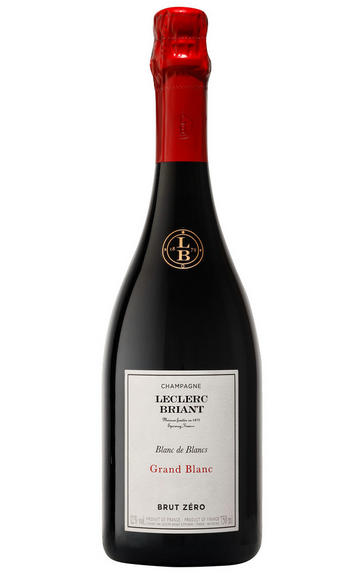
2014 Champagne Leclerc Briant, Grand Blanc, Blanc de Blancs, Brut Zéro
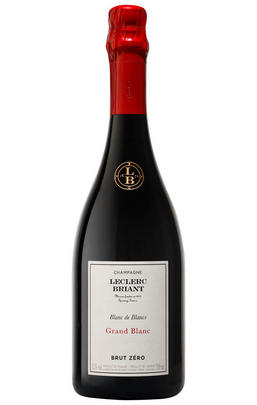
Critics reviews
The 2014 Brut Zéro Grand Blanc was made without any additions of sulfur dioxide. The buttery richness of raw short crust pastry is foremost on the nose, complemented by springy panettone. The freshness on the palate is immediate and deliciously bracing. Tiny, fine bubbles whirl up freshness, yeasty flavors and stony, chalky saltiness. Tension and tautness are compelling, as is the layered depth of rich, buttery autolysis. The finish is lasting, long and totally full-flavored. Zero dosage. Disgorged: May, 2022.
Drink 2023 - 2040
Antonio Galloni, Vinous (November 2023)
The 2014 Champagne Grand Blanc Zero Brut is lifted with toasty oak spice, incense, yellow plum, and chamomile. It is taught, tightly wound on the palate with precise mousse, and moves into a decidedly savoury style with saline and herbs.
Drink 2024 - 2034
Jeb Dunnuck, JebDunnuck.com (July 2022)
About this WINE
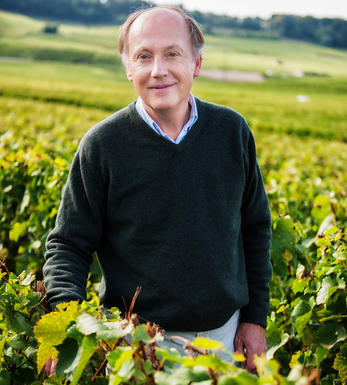
Champagne Leclerc Briant
Champagne Leclerc Briant focuses on organic and biodynamic viticulture, working in harmony with nature to produce some of the region’s most exciting wines.
Lucien Leclerc founded the estate in 1872 in the village of Cumières. In the mid-20th century, in the hands of Lucien’s great-grandson, Bertrand Leclerc, and his wife, Jacqueline Briant, the operation was moved to the beating heart of Champagne, Epernay. Here it also took a new name – Leclerc Briant. Around the same time, the house started practising biodynamic viticulture (becoming one of the first in the region to do so), eventually earning certification in the 1980s.
Since 2012, Chef du Cave Hervé Justin, formerly of Champagne Duval-Leroy, has refined the house style here. Working with organic and biodynamic fruit, he also practises biodynamic principles in the winery. Leclerc Briant has taken on new vineyards, renovated its facilities, and has a renewed, uncompromising focus on quality.
The traditional sparkling wine method here is low dosage, vineyard-specific, and extremely interesting. The popular Abyss cuvée is aged underwater. As of the 2012 vintage, Hervé Jestin and the team are responsible for making the wine at Château d’Avize, which they bottle under the Leclerc Briant label and sell through La Place de Bordeaux.
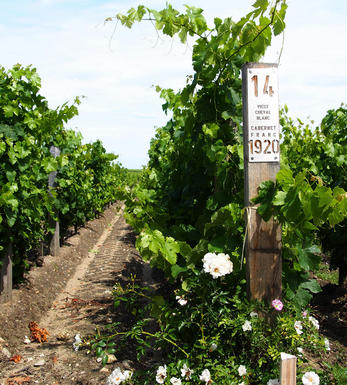
Blanc de Blancs
In Champagne, the term Blanc de Blancs designates Champagnes made only from Chardonnay grapes. The vineyards located between Cramant and Mesnil-sur-Oger in Cote de Blancs yield the best examples of the style.
A classic Blanc de Blancs is restrained and elegant when young, yet with ageing it develops a mouth-coating brioche richness that overlays an intense expression of fruitiness. Blanc de Blancs are endowed with longer ageing potential than a typical Blanc de Noirs.
Recommended Producers: Salon, Billecart Salmon, Jacques Selosse, Dom Ruinart, Krug, Le Mesnil Grand Cru, Guy Larmandier
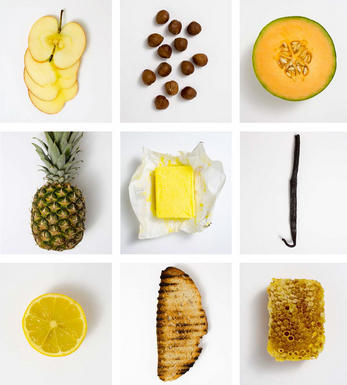
Chardonnay
Chardonnay is often seen as the king of white wine grapes and one of the most widely planted in the world It is suited to a wide variety of soils, though it excels in soils with a high limestone content as found in Champagne, Chablis, and the Côte D`Or.
Burgundy is Chardonnay's spiritual home and the best White Burgundies are dry, rich, honeyed wines with marvellous poise, elegance and balance. They are unquestionably the finest dry white wines in the world. Chardonnay plays a crucial role in the Champagne blend, providing structure and finesse, and is the sole grape in Blanc de Blancs.
It is quantitatively important in California and Australia, is widely planted in Chile and South Africa, and is the second most widely planted grape in New Zealand. In warm climates Chardonnay has a tendency to develop very high sugar levels during the final stages of ripening and this can occur at the expense of acidity. Late picking is a common problem and can result in blowsy and flabby wines that lack structure and definition.
Recently in the New World, we have seen a move towards more elegant, better- balanced and less oak-driven Chardonnays, and this is to be welcomed.


Buying options
Add to wishlist
Description
The 2014 Brut Zéro Grand Blanc was made without any additions of sulfur dioxide. The buttery richness of raw short crust pastry is foremost on the nose, complemented by springy panettone. The freshness on the palate is immediate and deliciously bracing. Tiny, fine bubbles whirl up freshness, yeasty flavors and stony, chalky saltiness. Tension and tautness are compelling, as is the layered depth of rich, buttery autolysis. The finish is lasting, long and totally full-flavored. Zero dosage. Disgorged: May, 2022.
Drink 2023 - 2040
Antonio Galloni, Vinous (November 2023)
wine at a glance
Delivery and quality guarantee